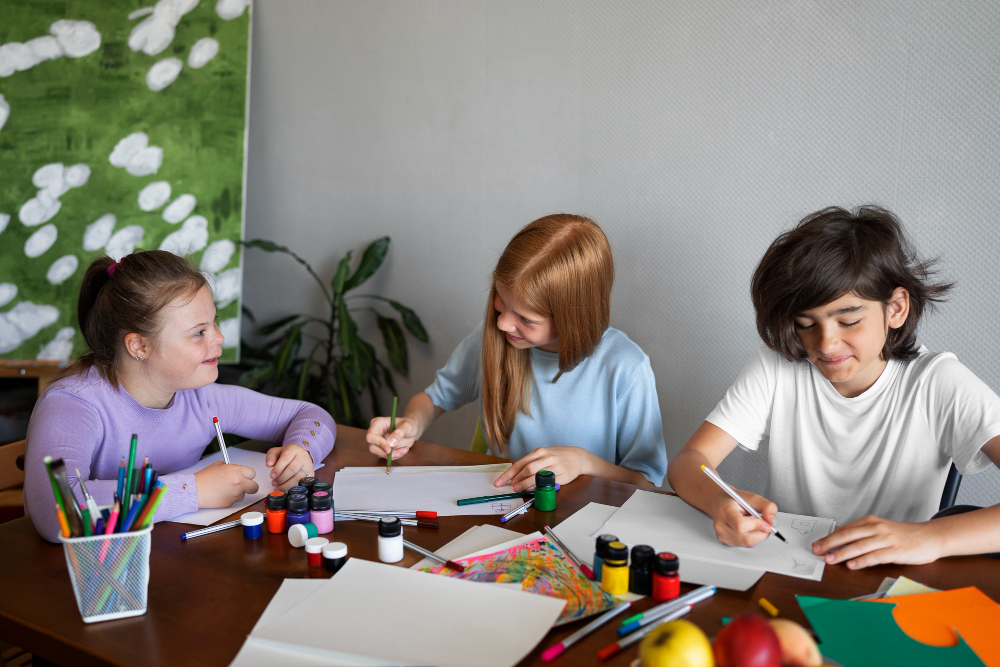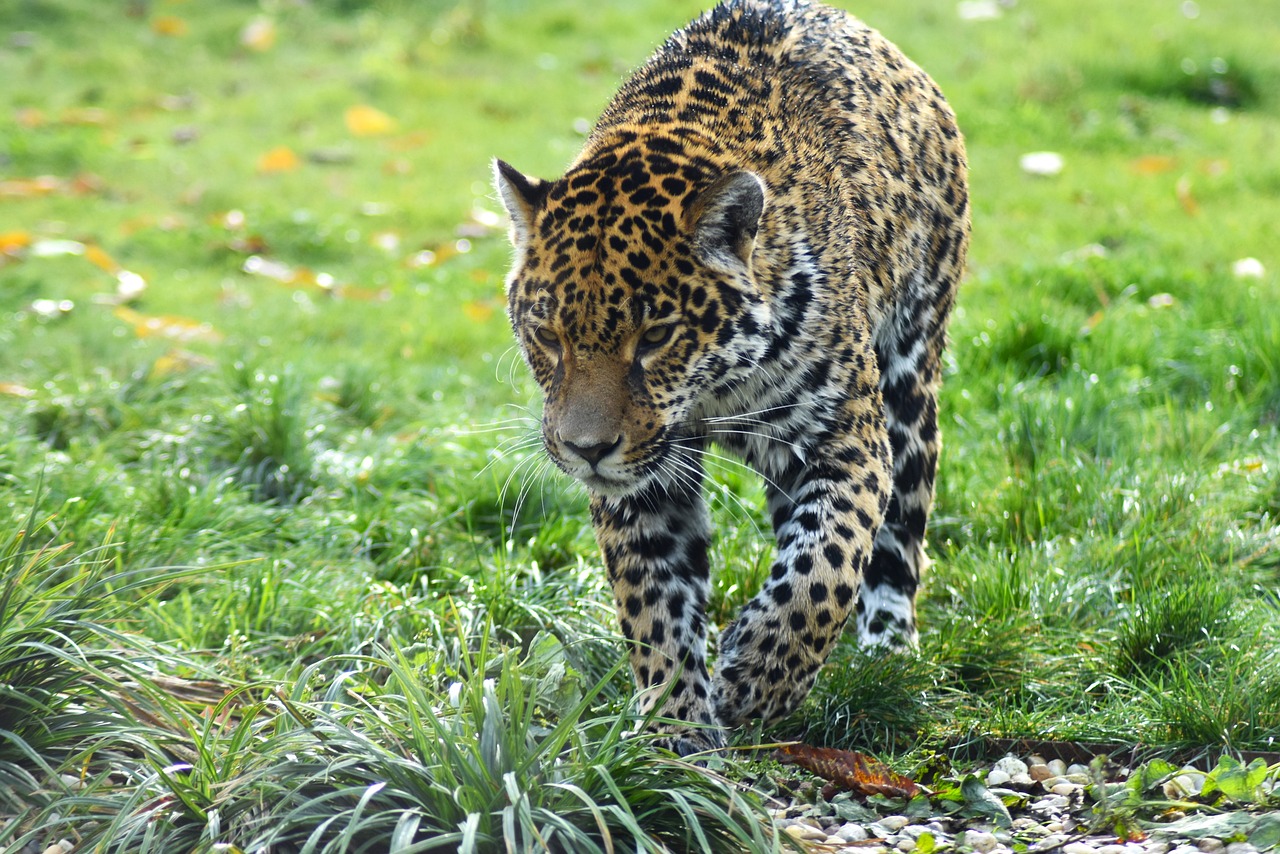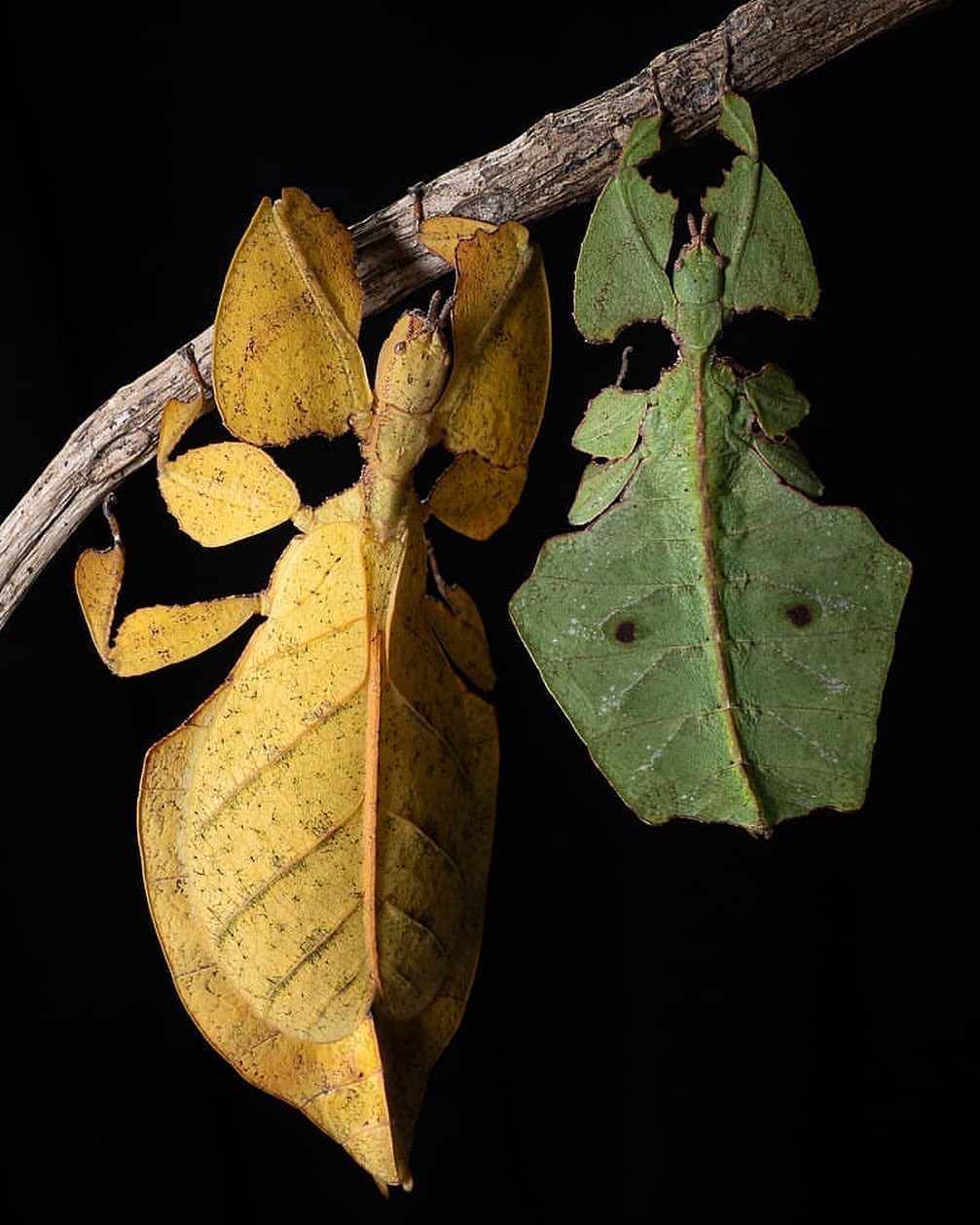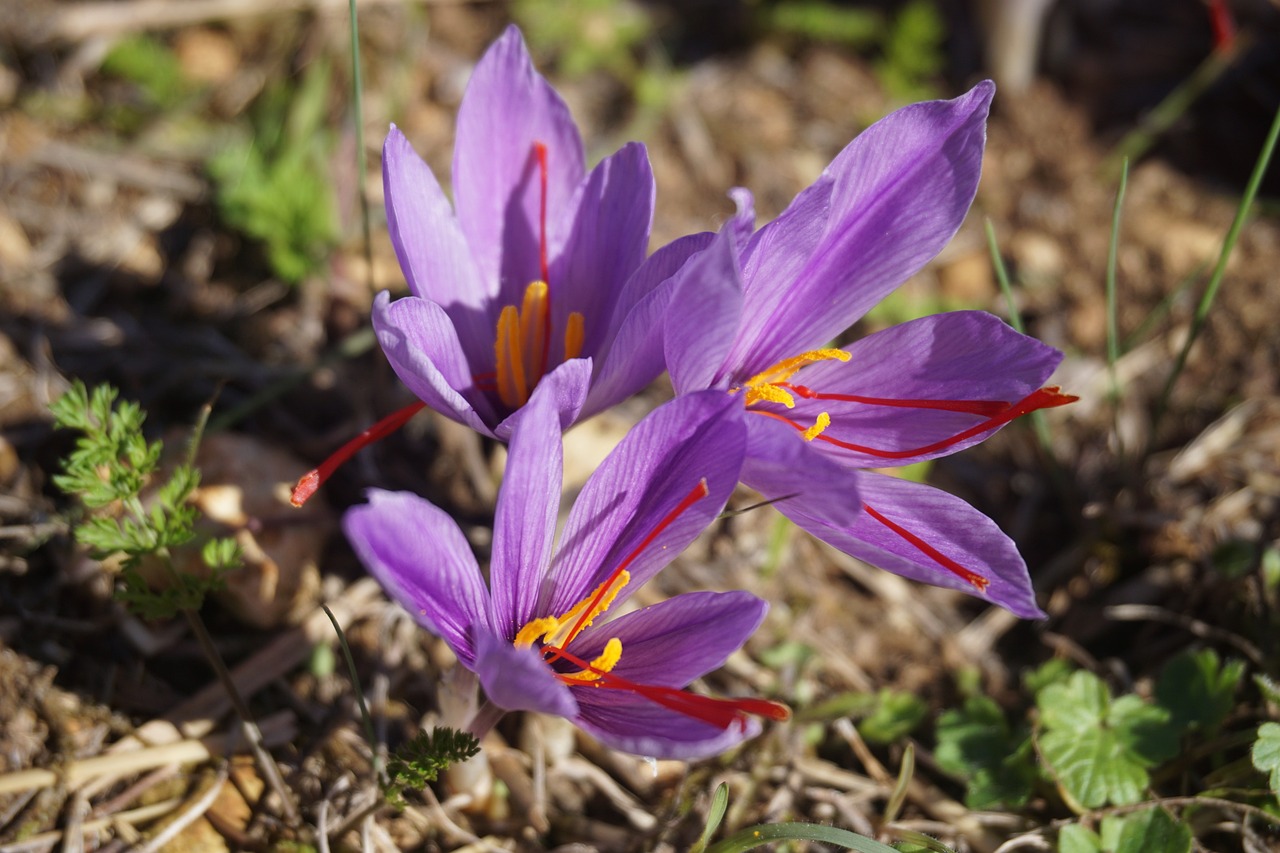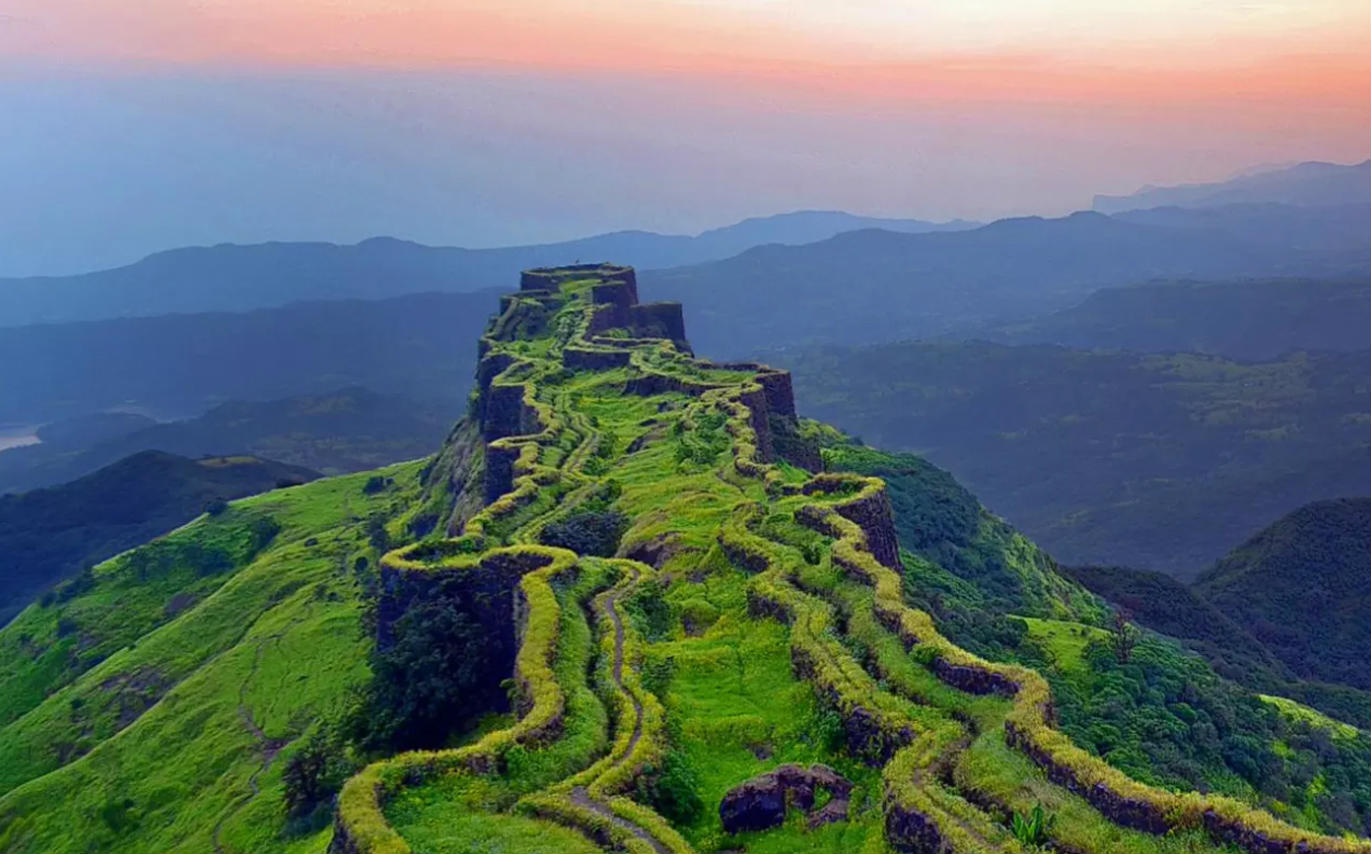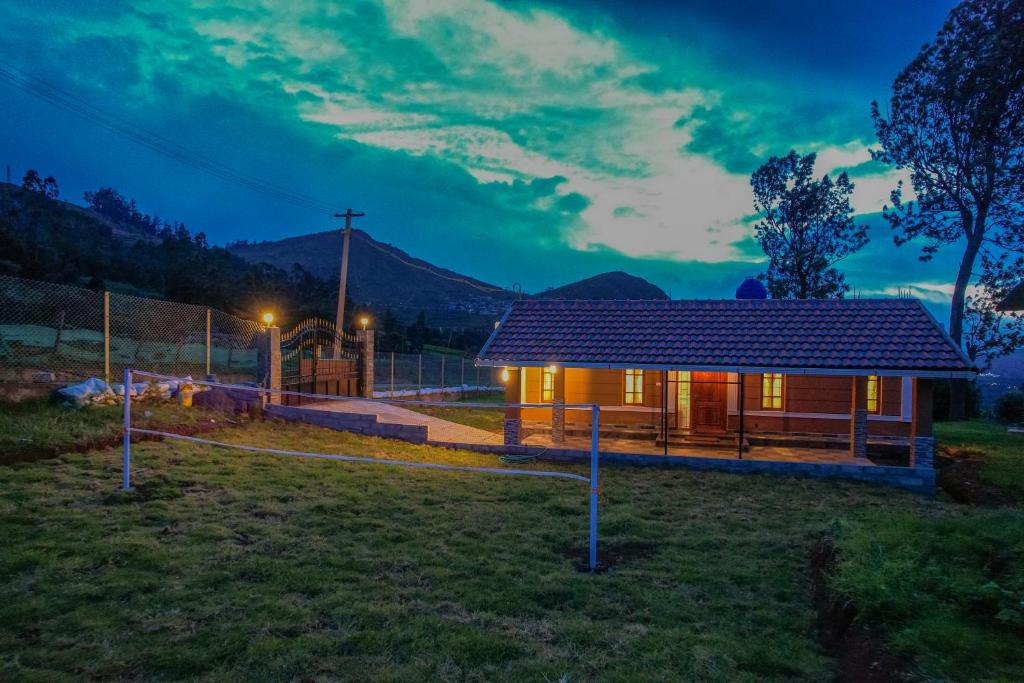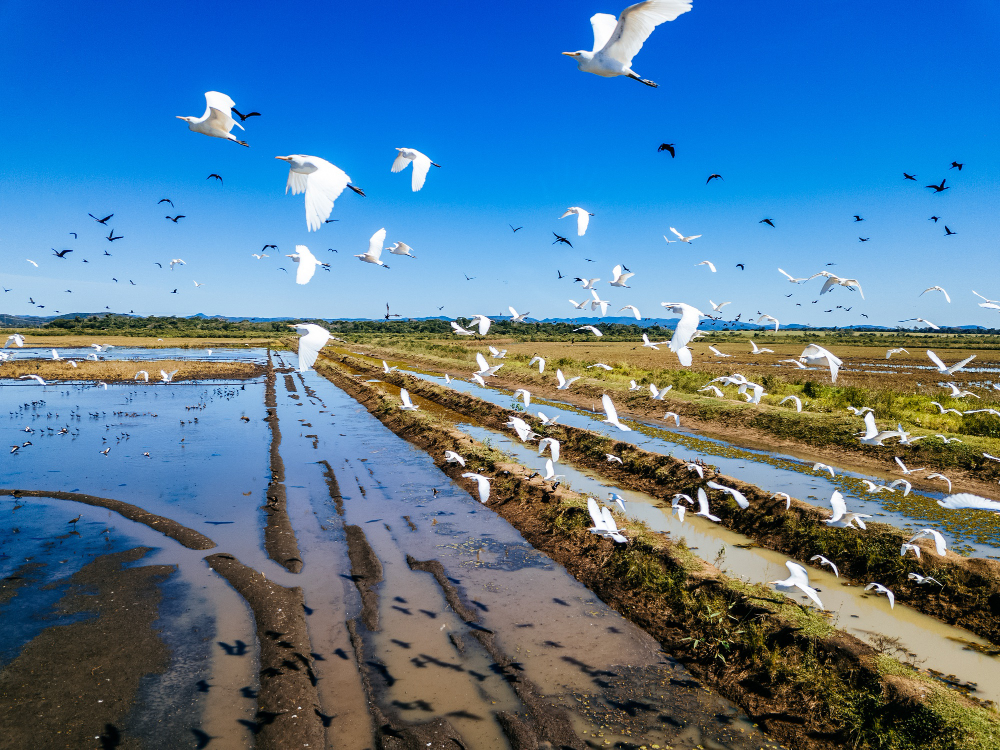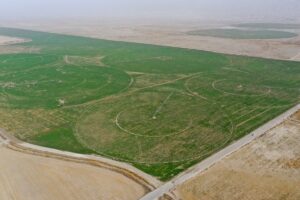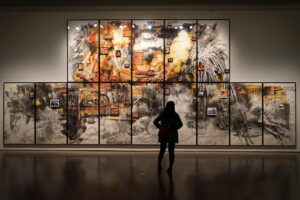 Pin
Pin Image by Ulta Pulta SURAAH
In the village of Katapatthar, where the Himalayas breathe their ancient secrets into the morning mist, there exists a school that remembers what the world has forgotten. The mountains themselves become classroom walls, and the endless sky stretches as the only roof these children will ever need. Here, eleven-year-old Srishti holds a leaf between her small fingers, folds it along its spine with the precision of someone handling a sacred text, and whispers about symmetry as though she’s discovered the hidden mathematics that hold the universe together. When you ask her why this pleases her so, she looks at you with eyes that have seen things adults can no longer perceive and says, “Isn’t that beautiful?”—as if beauty itself were a sufficient answer to any question worth asking.
The school carries the name Ulta Pulta, which means upside down, and it lives within something larger called Suraah—an initiative that refuses to accept that education must feel like punishment. Shrey Rawat, thirty-three years carrying the weight of his grandmother’s three-hundred-kilometer walk to take an exam in the 1930s, and his wife Jyoti, thirty-one years old and filled with quiet revolution, created this place where seventy children from the Jaunsari tribe come to learn that knowledge can taste like honey. Nine-year-old Aman, who once dreaded mornings the way one dreads winter’s harshest month, now explains with the wonder of someone who has witnessed a miracle: “Seekhne mein mazza aane laga”—learning became delicious, learning became joy. In this place where everything stands on its head, the children are finally standing upright.
Table of Contents
The Grandmother Who Walked Through Mountains
The story of this impossible school begins not with Shrey and Jyoti, but with a woman who lived a century before them. Shrey grew up listening to tales about his grandmother, Anari Devi, who in the 1930s trudged three hundred kilometers through the steep Uttarakhand terrain just to write her Class 5 examination. Three hundred kilometers. Through mountains that could swallow a person whole, through paths that existed only because someone before had been brave enough to walk them first. She was a girl then, with dreams folded inside her like seeds waiting for soil, and she walked because she understood something that the mountains had taught her people for generations: that education was worth any distance, any sacrifice, any number of blistered feet.
Shrey carries the weight of her memory when he says, “What breaks my heart is that even after a hundred years, the socio-economic conditions of the mountains haven’t improved much”. But there’s something else his grandmother taught him without meaning to—that aspiration continues to push through the narrowest cracks, refusing to be stilled. It’s this stubborn hope, this genetic memory of a woman who wouldn’t stop walking, that pulses through the Ulta Pulta School today. When Srishti folds her leaf and sees mathematics dancing there, when Aman wakes up excited instead of dreading the morning bell, they’re living proof that Anari Devi’s footsteps still echo through these mountains, still lead somewhere miraculous.
The Grandfather Who Refused to Surrender
If Anari Devi taught Shrey about resilience, then his grandfather, Surendra Singh Rawat, taught him about tenacity that burns like a flame that refuses to die even in the strongest wind. Surendra Singh was a social reformer in an era when reform meant standing alone against traditions that had roots deeper than the deodar trees. He led regional movements throughout Uttarakhand, fought against alcoholism that was destroying families, opposed animal sacrifice in temples when such opposition could make you an outcast, and people still remember him as ‘Suraah ji’—the man who never gave up on his mountains. The name Suraah itself, which now lives in the school that carries his spirit forward, means essence or truth in Urdu. It’s the thing that remains when everything else has been stripped away.
Shrey inherited more than just stories from these two people who walked through his childhood like living legends. He inherited a responsibility that sat heavy on his chest, the kind that wakes you at three in the morning and asks what you’ve done to honor the path they cleared for you. Today, these stories don’t just live in his memory—they live in the wide-eyed children who make a great audience, children who need to know that their own grandmothers and grandfathers were heroes too. When Shrey tells these tales under the open sky, with seventy tribal children sitting cross-legged on the mountain earth, he’s not just teaching history. He’s teaching them that their blood carries the same stubborn hope, the same refusal to accept that mountains should remain barriers instead of becoming homes.
The Boy Who Found Himself in Theatre
 Pin
Pin Image by Ulta Pulta SURAAH
Shrey grew up feeling almost invisible in school, even though he had so much potential inside him waiting to burst open like a seed that needed only the right conditions. The classrooms were places where he shrank, where his voice became smaller and smaller until it was barely a whisper, where teachers looked through him as if he were made of glass. He never heard the words that every child’s soul needs to hear: “We believe in you” or “You will shine”. It’s a particular kind of loneliness, being surrounded by people who cannot see you, being full of light that nobody notices because they’re all looking in the wrong direction.
But then summers arrived like salvation. Shrey’s uncles, who had graduated from the National School of Drama, would return to their mountain town and conduct theatre workshops that transformed everything. His childhood split into two contrasting worlds—school during the regular months, and summer vacations filled with theatre. In theatre, he finally realized the power of expression. It helped him open up and understand his own identity. On stage, under lights or under stars, he wasn’t invisible anymore. He was solid, real, necessary. This is why at Ulta Pulta School, theatre isn’t just an extracurricular activity—it’s the beating heart of everything. Because Shrey knows what it means to find yourself in a story, to speak lines that unlock something trapped inside your chest, to finally be seen. Every child at his school gets to feel that magic, that moment when you realize you’ve been carrying light all along.
When Mountains Called Them Home
 Pin
Pin Image by Ulta Pulta SURAAH
In 2023, Shrey decided to put miles between himself and the city hustle and move to the mountains for good. That August, he and Jyoti adopted the MKJSM (Maharaj Kumar Jagut Shamshere Memorial) School. It wasn’t a sudden impulse, the way city people sometimes romanticize returning to their roots. It was more like answering a call that had been growing louder with each passing year, a summons that came from the same soil that held his grandmother’s footprints and his grandfather’s unfinished dreams. The city had given them education, opportunities, the kind of life that looked successful from the outside. But something essential was missing, the way a body can be fed and still be starving.
Shrey’s vision for the Suraah model was clear: transform existing schools in Uttarakhand into progressive learning spaces, where tribal children are urged to reimagine the local hill economy and contribute with their indigenous innovations. He didn’t want to create something separate from the community, some foreign experiment dropped from the sky. He wanted to take what already existed—schools that had been built with good intentions but had somehow lost their way—and breathe new life into them. The goal was to help these children step outside the spirals of daily life and explore the worlds that lie beyond convention. Not to leave their mountains behind, but to see them with fresh eyes, to understand that innovation doesn’t always mean moving to cities and forgetting where you came from. Sometimes the most revolutionary act is staying and transforming home into something nobody thought possible.
The Three-Week Experiment That Changed Everything
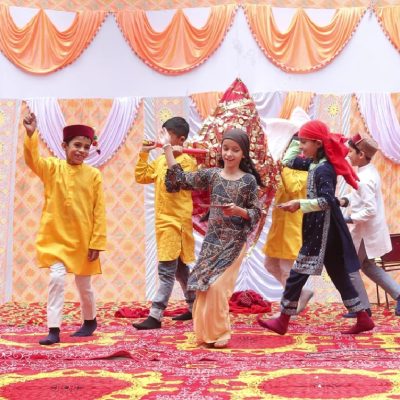 Pin
Pin Image by Ulta Pulta SURAAH
Before they could turn the world upside down, Shrey and Jyoti needed to understand what right-side-up actually looked like for these children. They conducted a three-week-long pilot project in two schools in the Chakrata and Katapatthar villages of Dehradun, working with sixty children and thirty parents to understand what these families truly needed. It wasn’t the kind of research that happens in air-conditioned university offices, where theories are built from statistics and surveys.
This was research that required sitting on the ground with mothers who had callused hands from field work, listening to fathers who left before dawn to find daily wages, watching children who were brilliant but had learned to hide their brightness because nobody had ever celebrated it before.
What they discovered during those three weeks rewrote everything they thought they knew about teaching. When arts-based self-expression was integrated into academics, students demonstrated an improved ability for compassion. Children who had been taught to see learning as competition suddenly began helping each other, sharing discoveries like treasures. They learned that art and theatre are powerful catalysts to get children to care about their community and its problems, and that simulations in the natural world work best when tackling new concepts. A child who couldn’t grasp fractions from a textbook could suddenly understand them when dividing up the harvest from their classroom garden. The forest became a living laboratory where biology wasn’t just memorized—it was breathed in with the morning air, touched with curious fingers, observed with eyes that finally saw wonder instead of words to be repeated on examination papers.
Where Learning Costs Less Than a Cup of Tea
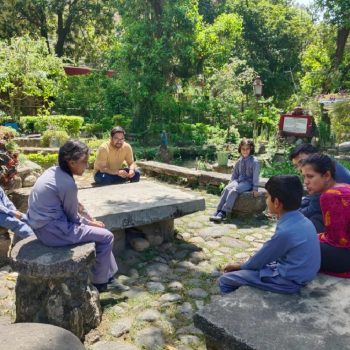 Pin
Pin Image by Ulta Pulta SURAAH
Currently, the school at Katapatthar village serves seventy students studying from nursery to class 5, and the fees are a subsidized three hundred rupees per month per child. Three hundred rupees. In the city, that’s the price of a decent meal at a restaurant, maybe two movie tickets if you find a discount. But here in these mountains, for families where daily wages determine whether children eat two meals or three, three hundred rupees represents careful calculation, worried conversations between parents late at night, decisions about what gets sacrificed so education doesn’t have to be. Shrey and Jyoti understand this arithmetic of poverty, this mathematics that has nothing to do with textbooks and everything to do with survival.
The low fee isn’t charity disguised as education—it’s dignity wrapped in opportunity. These tribal families have pride that runs deeper than the valleys, and they want to pay for their children’s learning because it makes them stakeholders, not recipients. Through Suraah, the couple have created a space where theory and practical approaches can dialogue with each other, where a parent who never finished school can see their child measuring rainfall and feel something swell in their chest that tastes like hope. The subsidy bridges the gap between what these families can afford and what quality education actually costs, but it never insults them by making it free. Because Shrey learned from his grandmother’s three-hundred-kilometer walk that people will cross any distance, pay any price they can manage, for education—if only someone meets them halfway with respect instead of pity.
The Army Dream and the World Beyond
 Pin
Pin Image by Ulta Pulta SURAAH
When Jyoti would speak to the children in these villages and ask them about their dreams, most of them would say they want to join the army. It was the same answer, repeated like a prayer learned by heart, spoken by child after child until the words lost their shape and became just sound. But Jyoti understood what lived beneath those words. These children had grown up watching their fathers in the armed forces. They didn’t really know about other fields that existed. The army wasn’t their dream—it was simply the only dream they had ever seen made flesh, walking through their village in uniform, bringing home a salary that kept families fed. How can you dream of becoming something you’ve never witnessed, never heard about, never been told was possible for someone like you?
Through conversations at Suraah, Jyoti tried explaining to them that there are so many more opportunities that exist even here in Uttarakhand. Not in some distant city where they’d have to abandon their language and their mountains, but right here in the soil they knew, in the forests they’d walked since they could walk at all. She spoke of environmental scientists who study the very ecosystems they played in as children, of agricultural innovators who could transform traditional farming with new techniques, of artists and writers and entrepreneurs who could build businesses around the indigenous knowledge their grandparents carried. The children listened with the kind of attention that borders on hunger, because Jyoti wasn’t telling them to stop dreaming about the army—she was giving them permission to dream bigger, wider, in more colors than they knew existed. She was opening windows in a room they hadn’t realized had walls.
The Ulta Pulta Song and the Recording Studio
 Pin
Pin Image by Ulta Pulta SURAAH
There’s a moment in every child’s life that becomes a golden thread they follow forever after, and for the seventy children at this mountain school, one such moment happened inside a professional recording studio. Shrey and Jyoti spent their weekends taking the kids to record the Ulta Pulta song—and yes, anyone can create their own cover of it. Think about what this means for children who had never left their village, who had grown up believing that recording studios and microphones and the magic of hearing your own voice played back to you were things that existed only for famous people in distant cities. Suddenly they were standing in front of real equipment, headphones covering their ears, their voices being captured and polished and turned into something that could travel beyond these mountains.
The song itself became an anthem, but more than that, it became proof. Proof that they were artists, that their voices mattered, that the upside-down philosophy of their school wasn’t just words spoken by well-meaning teachers but a reality they could touch and hear. When a child from the Jaunsari tribe sings into a professional microphone and then hears that recording played back—clear and strong and undeniable—something shifts in how they see themselves. They stop being invisible, the way Shrey once felt invisible in his own classroom. The recording studio weekend wasn’t an extracurricular activity or a fun field trip. It was Shrey and Jyoti telling these children, in the most concrete way possible, that their creativity deserved the same resources, the same respect, the same professional treatment that any artist in any city would receive. That’s what flipping education upside down actually looks like.
Where Chickpeas Teach Patience Better Than Any Textbook
In the corner of the school’s land, where the earth smells like rain and ancient memories, the children planted chickpea seeds with their own hands and then did something that modern education has forgotten how to teach—they waited. Last month, their first harvest arrived: a small batch of one hundred grams of chana. Through this little harvest, children experienced the full cycle of farming—from sowing a seed to reaping the reward. One hundred grams. In the city markets, that’s barely enough chickpeas to make a single bowl of curry. But here, in the hands of children who had pushed those seeds into soil and watered them every morning and watched with the kind of attention that borders on meditation, one hundred grams felt like a miracle weighed and measured.
Shrey explains that more than a science lesson, it was a lesson in care, patience, and pride. The children learned about germination not from diagrams in textbooks but from kneeling in the dirt and seeing green shoots break through darkness into light. They learned about photosynthesis by watching leaves turn toward the sun like faces seeking warmth. They learned mathematics by calculating water ratios and measuring growth in centimeters that felt like kilometers of achievement. And they learned something that no examination could ever test—that good things take time, that care given today might not show results for weeks or months, that patience isn’t passive waiting but active faith. When they finally held those chickpeas in their palms, dried and ready, they were holding proof that their efforts mattered, that they could nurture something from nothing, that they had the power to make things grow. That’s education that roots itself deep.
The Curriculum Written by Mountains and Tea Stalls
At Suraah, the curriculum sidesteps the obvious in ways that would make traditional educators nervous. There are no neat chapter divisions, no predictable progression from easy to difficult that assumes all children climb the same mountain at the same pace. Instead, poems are learned by exploring the forests of Uttarakhand, walking through their village, and paying visits to the local tea stalls. Yes, tea stalls—those humble establishments where men gather before dawn to discuss weather and crops and gossip, where the chai tastes like community boiled down to its essence. The children go there not as customers but as observers, as young anthropologists studying the poetry that lives in everyday conversation, the rhythm of dialect, the way stories get passed from one person to another like precious cargo.
The concept of air pressure is understood through balloon and string experiments, and suddenly physics isn’t abstract formulas but something you can feel tugging against your hand, something that makes sense in your bones before it makes sense in your brain. Circle time involves encouraging the children to speak about their emotions, because Jyoti and Shrey understand that a child carrying worry or sadness or confusion cannot learn mathematics or grammar—they can only learn to hide what they’re feeling. There are classes on football, kitchen gardening, and weeding, and none of these are considered less important than reading or arithmetic. Weeding teaches attention to detail, the ability to distinguish between what should grow and what should be removed. Football teaches cooperation and strategy and how to lose gracefully. The kitchen garden teaches responsibility that tastes like fresh tomatoes at lunch. Everything connects to everything else, the way a forest connects—roots touching underground, branches sheltering each other, nothing existing in isolation.
The Children Who Cannot Reach Their Dreams
The story of Paridhi’s older sisters haunts the edges of this miraculous school like a shadow that won’t dissolve in sunlight. Since the current school under Suraah only has classes until Class 5, Paridhi’s older sisters have to go to a school fifteen kilometers away in the main town. Fifteen kilometers through mountain roads that twist like questions without answers, through terrain that becomes treacherous when the monsoons arrive with their terrible gifts of water and landslides. Recent flash floods in the state, coupled with rising water levels and landslides, often mean that Paridhi’s parents worry about their daughters’ safety and don’t allow them to go to school. This often means a hampered education. The cruel mathematics of it—either risk your daughters’ lives or sacrifice their education—is a calculation no parent should have to make.
This is the gap between vision and reality that keeps Shrey awake at night. According to the Centre, for the academic year 2024-25, nearly 1.17 million children in India have been identified as ‘Out of School Children,’ meaning they are not enrolled in primary, secondary, or senior secondary education. Behind each of those numbers is a child like Paridhi’s sisters, a story of geography becoming destiny, of potential trapped behind mountains that should be home but instead become barriers. Shrey and Jyoti are attempting to solve this by starting another school in the hills that will open its doors to more children who have dreams. As Shrey shares, the plan is to keep adopting more schools in the hills. He wants these children to script their own stories. Because a grandmother once walked three hundred kilometers for an examination, and that walk cannot have been for nothing. The path she cleared must lead somewhere beyond survival, somewhere that looks like possibility multiplied by seventy, by seven hundred, by however many children need someone to believe that mountains can be climbed in both directions.
FAQs
The school charges just ₹300 per month—less than most city families spend on coffee. This subsidized fee ensures tribal families can afford quality education while maintaining their dignity as stakeholders.
Right now, Suraah serves children from nursery through Class 5. They’re working on opening a second school to accommodate older students who currently must travel dangerous distances for education.
Absolutely. Students grasp symmetry through folded leaves, understand air pressure via balloon experiments, and learn patience through growing chickpeas. The practical approach helps concepts stick better than rote memorization.
Most of the seventy students come from the Jaunsari tribe, an indigenous community living in Uttarakhand’s mountainous regions. The school honors their culture while expanding their opportunities beyond traditional paths.
Shrey and Jyoti are building their second school in the hills right now. You can contribute to help more mountain children access this transformative education that treats learning like an adventure, not punishment.



